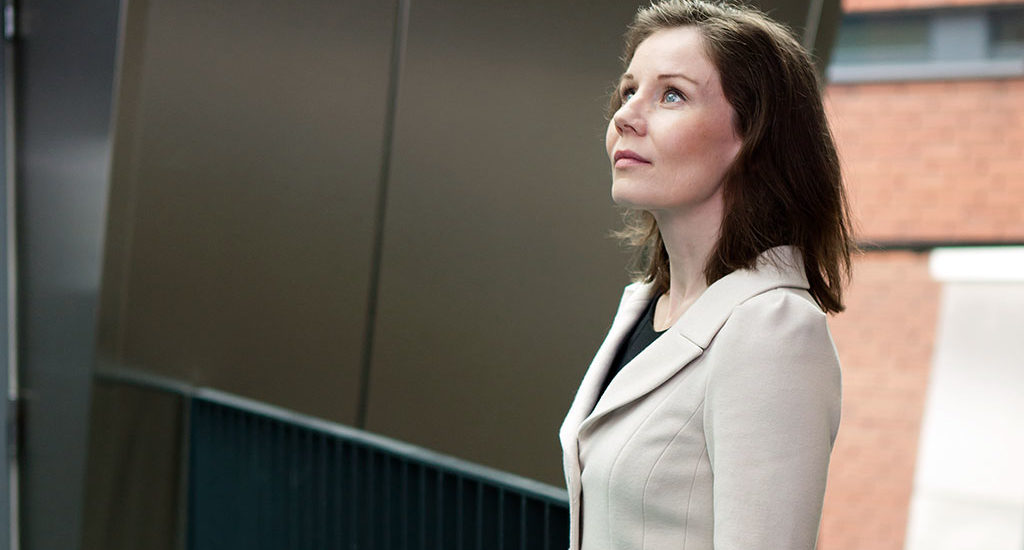Scientific silos are holding back collaboration and breakthroughs
Global collaboration captures first images of black hole.

 In order to break down the limitation bars and start rebuilding an encouraging environment, there should be a stronger collaborative relationship between the private sector and the academic world, says Päivi Törmä.
In order to break down the limitation bars and start rebuilding an encouraging environment, there should be a stronger collaborative relationship between the private sector and the academic world, says Päivi Törmä.
Between twenty and fourty years ago, scientific research in Europe was a hotbed of innovation with academia and the private sector collaborating effortlessly. The successful cloning of the first mammal, Dolly, by researchers at the Roslin Institute; the discovery of high-temperature superconductivity, by IBM Zurich-based academics Karl Müller and Georg Bednorz; and the advance of quantized conductance, in two-dimensional electron gas, by a team of Delft University of Technology and Philips researchers, derived from engagement, and risk-taking, with the support of private enterprise.
Yet, fast forward to today, and the situation is markedly different. Now, our academic institutions and the private sector are, almost exclusively, separate entities when it comes to research. This means some of the world’s most brilliant minds now work in relative isolation and the result is a slew of new findings as limited as the labs that produced them.
Register now to continue reading
Thanks for visiting The Engineer. You’ve now reached your monthly limit of news stories. Register for free to unlock unlimited access to all of our news coverage, as well as premium content including opinion, in-depth features and special reports.
Benefits of registering
-
In-depth insights and coverage of key emerging trends
-
Unrestricted access to special reports throughout the year
-
Daily technology news delivered straight to your inbox










Breaking the 15MW Barrier with Next-Gen Wind Turbines
The key point s that wind power is intermittent. There is a lot of crowing when it is the main source of power generation but things fall silent when...